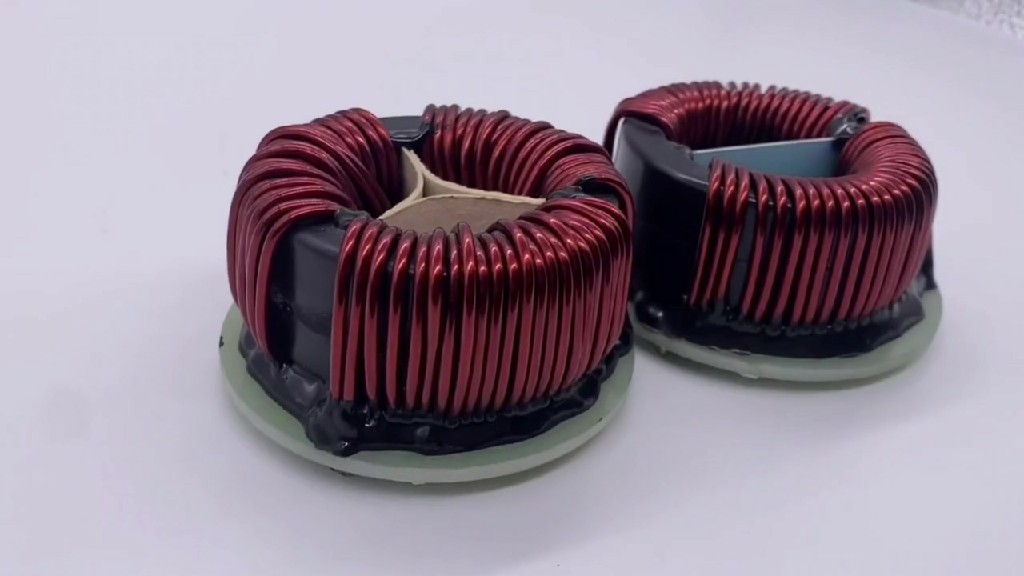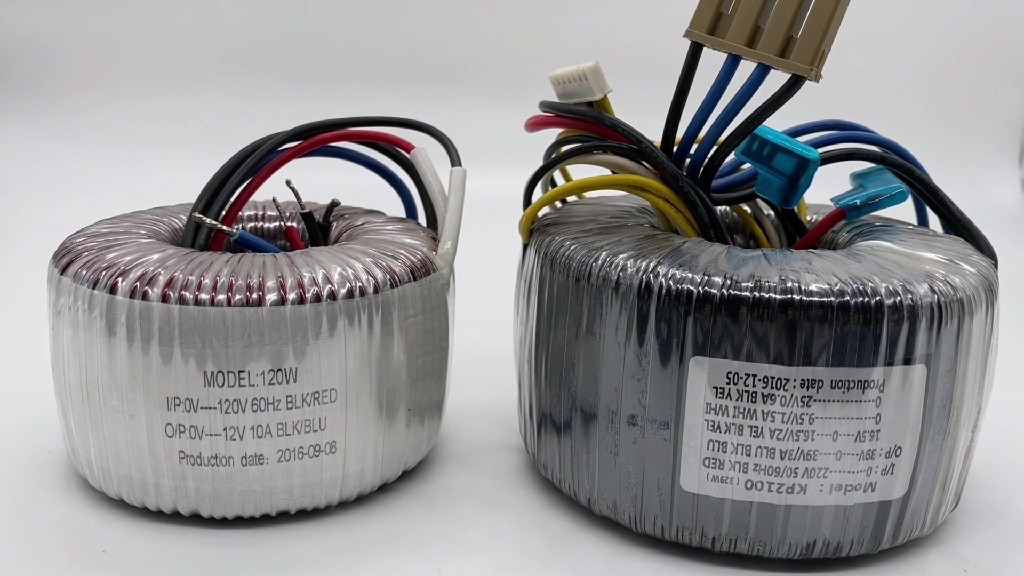Better Touch Better Business
Contact Sales at TRANSMART.
Transformers, also known as instrument transformers, are the collective term for current transformers and voltage transformers. It can turn high voltage into low voltage and large current into small current for measurement or protection system. Its function is mainly to convert high voltage or high current into standard low voltage (100V) or standard low current (5A or 1A, both refer to the rated value) in proportion to realize the standardization and small size of measuring instruments, protection equipment and automatic control equipment change. At the same time, transformers can also be used to isolate high-voltage systems to ensure the safety of people and equipment.
Voltage transformer
Voltage transformers can be used for voltage and power measurement in high-voltage and ultra-high-voltage power systems. The current transformer for protection is mainly coordinated with the relay device. In the event of a short circuit overload and other faults on the line, it provides a signal to the relay device to cut off the fault circuit to protect the safety of the power supply system. The working conditions of the protective miniature current transformer are completely different from those of the measuring transformer, and the protective transformer only starts to work effectively when the current is several tens of times larger than the normal current.
Basic structure: It is a special transformer that expands the voltage range, and the basic structure is the same as that of an ordinary transformer. Therefore, the voltage relationship between the primary side of the voltage transformer and the auxiliary power is U1/U2=W1/W2.
Measuring current transformers are mainly used with measuring instruments to measure current, voltage, power, etc. under the normal working condition of the line. Main requirements for measuring miniature current transformers:
①Reliable insulation;
②Sufficiently high measurement accuracy;
③The transformer should be saturated in an appropriate range (such as 500% of the rated current) to protect the measuring instrument when a large current occurs in the circuit under test.

Current Transformer
Current transformers can be used for the measurement of exchange current, the measurement of exchange power and the protection of electric drive lines. It is made by using the characteristics that the transformer's primary and secondary currents are proportional. Its working principle and equivalent circuit are also the same as those of general transformers, except that the primary winding is connected in series in the circuit under test, and the number of turns is small; the secondary winding is connected to low impedance loads such as ammeters and relay current coils, which is approximately short-circuited. The primary current (that is, the current to be measured) and the secondary current depend on the load of the circuit under test, and have nothing to do with the secondary load of the current transformer. Since the secondary side is close to a short circuit, the primary and secondary side voltages U1 and U1 are very small, and the excitation current I0 is also very small. When the current transformer is running, the secondary side is not allowed to open circuit. Because once the circuit is opened, the primary side current becomes the excitation current, so that the magnetic flux and the secondary side voltage greatly exceed the normal value and endanger the safety of people and equipment. Therefore, no fuse is allowed in the secondary circuit of the current transformer, nor is it allowed to remove the ammeter, relay and other equipment without bypassing during operation. The wiring method of the current transformer is determined according to the operating requirements of the load to which it is connected. The most commonly used wiring methods are single-phase, three-phase star and incomplete star.
Basic structure: The current transformer is a current transformer used to expand the range.
When in use, the primary side of the main is connected in series with the load of the circuit under test, and the secondary side is connected in series with a 5A ammeter and protective relay current coil. Because the primary side uses a thick wire, the number of turns is only one or a few turns, and its electric cathode is fixed. It is small, the voltage is very low, and it does not change the supplementary current after it is connected to the circuit under test. The secondary side wire is very thin and has many turns, but its induced potential is not high (only a few volts). Both the secondary side ammeter and the relay coil resistance When working, the secondary side can be regarded as a short-circuit state. According to the operating principle of the transformer: the ratio of the current on the primary side of the current transformer should be inversely proportional to the number of turns: L1/L2=W2/W1 or L1=W2/W1L2. W2/W1=K2 transformation ratio.

Copyright © 2025 TRANSMART INDUSTRIAL LIMITED | All Rights Reserved
Hello, please leave your name and email here before chat online so that we won't miss your message and contact you smoothly.